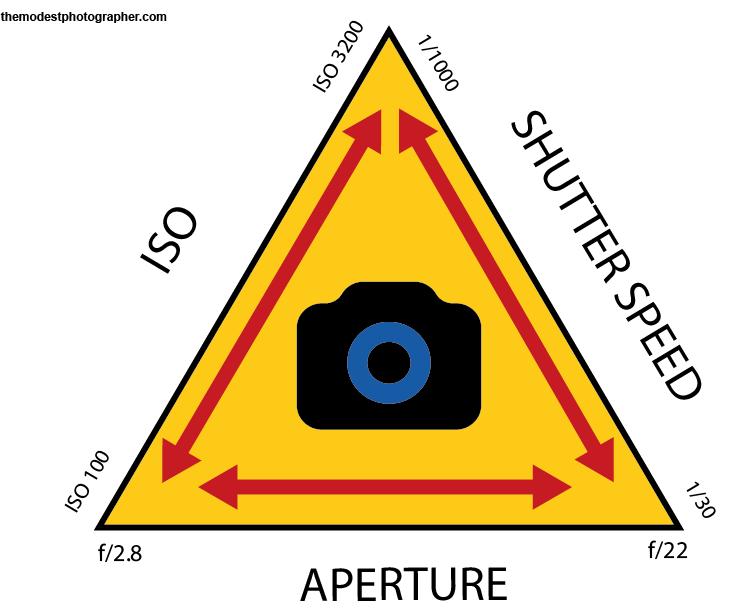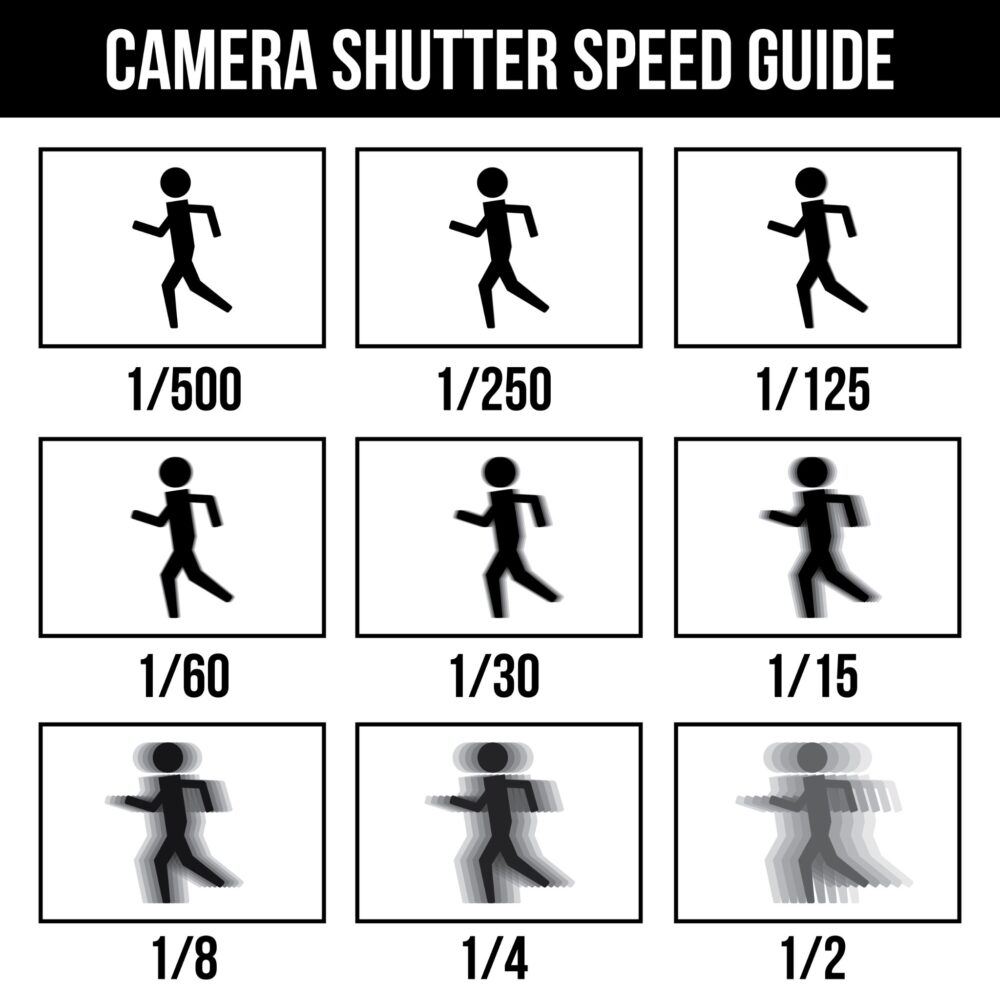What is Shutter Speed in Photography? Pictures by Al Macphee/MiraclePR
What is Shutter Speed in Photography?
The basic theory with shutter speed, is that the faster your subject is moving, the faster the shutter speed you need to freeze that movement.
You will tend to increase or decrease your shutter speed by one ‘stop’ each time. So, starting with half a second, you can increase your shutter speed to a quarter of a second, then an eighth of a second, 1/16s. 1/32s, etc.
Going the other way, you can reduce your shutter speed to one second, two seconds, three seconds, etc. That’s going to blur your subject’s movement. So, if you want to take a nice arty picture of some grass or a flower blowing in the wind, you might use values at this end of the spectrum.
The faster your shutter speed, the more likely it is that you will freeze the movement of your subject. You might get away with 1/125s for a jogger, if they are running quite slowly, but you would be better going for 1/250s. For a runner, you would probably need a 1/250s; for a cyclist 1/500s. If a car is traveling at 20 miles per hour, you could use 1/500s, but if it’s going 50 or 60 miles per hour, you’re going to need 1/1000s or even more. To capture a Formula One racing car you will need an even higher shutter speed than that.
Panning
If you’re shooting in extreme circumstance, like really low light, or you’re limited with your cameras, you can use panning. Panning uses a slower shutter speed than you would ordinarily need to freeze the movement of the subject and background. It freezes the subject but blurs the background.
For example, if you’ve got a bicycle passing you, you would, in theory, need about 1/500s to freeze its movement. But if you focus on the bike while moving your camera across the same plane, you can use a slower shutter speed. You should still be able to freeze the bike, but the background will be blurred.
Sometimes, you might want to use panning deliberately for artistic purposes. For example, you might have some really nice bright light, but you could still slow your shutter speed and film speed right down to blur the trees in the background as a bike comes around the corner.

To find out how shutter speed relates to ISO and aperture, see my post on The Exposure Triangle.
Have a burning photography question you would like Al to write about in his next blog post? Email info@miraclepr.com with your request.

